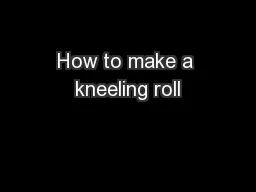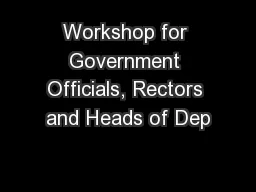PPT-Heads will roll!
Author : danika-pritchard | Published Date : 2016-03-24
The French revolution The Guillotine Developed by Dr Joseph Guillotin in 1789 Member of the Legislative Assembly Actually against the death penalty Beccaria Wanted
Presentation Embed Code
Download Presentation
Download Presentation The PPT/PDF document "Heads will roll!" is the property of its rightful owner. Permission is granted to download and print the materials on this website for personal, non-commercial use only, and to display it on your personal computer provided you do not modify the materials and that you retain all copyright notices contained in the materials. By downloading content from our website, you accept the terms of this agreement.
Heads will roll!: Transcript
Download Rules Of Document
"Heads will roll!"The content belongs to its owner. You may download and print it for personal use, without modification, and keep all copyright notices. By downloading, you agree to these terms.
Related Documents














